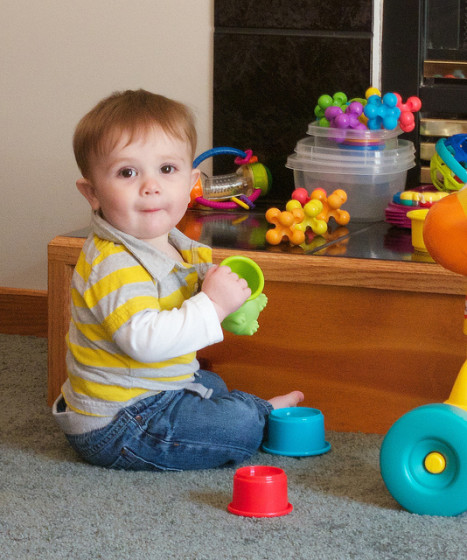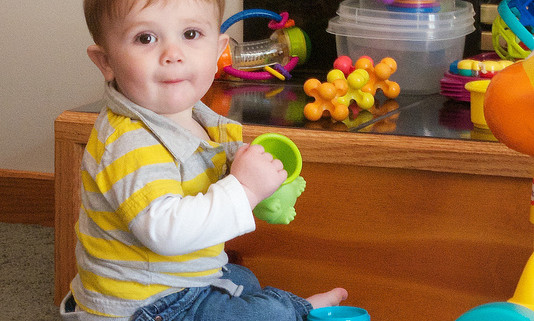My baby was injured by a toy. What are my rights?

Contents
Toy Manufacturers Have A Duty To Customers
The companies that make toys have a legal duty to ensure that their products are safe and that they give appropriate warnings about the risks associated with those products. For example, they can’t make products with toxic materials and they have to give a clear warning if the toy presents a choking hazard to young children.
Of course, it’s impossible for a manufacturer to foresee all possible hazards. When customers start to report problems with a toy, the manufacturer may need to issue a recall. Toy recalls typically require you to take the toy back to where you purchased it to get a refund.
If a toy injures your child, you and your little one may be entitled to compensation from the toy manufacturer.
Getting Compensation For Toy Injuries
If a defective or dangerous toy hurts your child, you should save the toy and all documentation of your child’s injury and medical care. Take all of that information to an experienced local attorney to pursue your legal rights. It’s important to seek out the help of an attorney as soon as possible because the law only gives you a limited amount of time to pursue compensation. That’s called the statute of limitations and if it passes, you lose the right to sue or otherwise seek redress. The statute of limitations varies by state, but is usually around 2-4 years long.
Your attorney will explain your legal options to you; you can typically write a demand letter and pursue litigation. In a demand letter, your attorney will explain what happened and ask for compensation for your injuries. The toy maker does not have to respond to the demand, but may choose to pay immediately rather than go through the process of litigation.
If you can’t reach an agreement through a demand letter, you and your attorney may file a lawsuit against the toy manufacturer. Once a lawsuit is filed, the manufacturer may offer to settle with you out of court. That means they’ll pay you a certain amount of money in exchange for dropping the lawsuit. The settlement offer will be based on what you are likely to win in court, which can include medical expenses, pain and suffering, and more. Remember that you are never required to accept a settlement offer. However, you are not guaranteed to receive any compensation if you go all the way to trial.
Elements Of A Defective Toy Case
Cases involving injuries caused by toys fall under the broad category of product liability cases. These cases fall under state law, so the rules differ from state to state, but you’ll generally need to prove that the toy was defective and that the defect made the toy unreasonably dangerous.
There are three main types of defect: design, manufacturing, and marketing. A design defect occurs when the product itself is poorly designed and inherently dangerous. A manufacturing defect occurs when the toy is safely designed but some failure in the manufacturing or assembly process makes it dangerous. A marketing defect occurs when the toy is incorrectly or inadequately labeled or advertised so that customers are not made aware of potential risks.
You’ll need to show that the particular toy that injured your child was defective and that the defect caused your child’s injury. You are not entitled to compensation if the toy was not defective or if it was defective but your child’s injury was unrelated.
Who Can You Sue?
This question can be harder to answer than you might expect. If you purchased the toy from a local toy shop owner, is that shop owner responsible? Maybe it’s the company that distributed the toy to that shop. Maybe it’s the company that designed the toy in the first place. Your lawsuit can’t go anywhere if you sue the wrong party, so who is at fault for the injury?
The liability for a defective toy could be the manufacturer of the toy, the manufacturer of individual components of the toy, the designer of the toy, the retail store that sold you the toy, or any other party in the supply chain that got the toy to you. You’ll need to work with your attorney to determine exactly what caused the injury and who is at fault. You may also consider which parties will be able to pay compensation – a national chain will be more able to cover your costs better than a local store owner.
Disclaimers, Warnings, And Recalls
Manufacturers don’t want anyone to get hurt and they don’t want to face the lawsuits those injuries can lead to. That’s why they include detailed warnings on the packaging of toys to help make parents aware of the potential risks associated with the toy. By the same token, they can’t predict every way in which a toy could be dangerous. When they learn of potential dangers, they may issue recalls. When a toy is recalled, you can bring the toy back to the store from which you bought it and get a full refund. How do warnings and recalls affect your rights if your child is injured?
A recall can affect your legal rights in a number of ways. For example, a recall is not typically treated as direct evidence that a product is defective but some courts will consider it when evaluating your case. What if your child was injured by a toy that had been recalled? If the manufacturer can show that you knew about the recall but continued to allow your child to play with the toy, then the manufacturer is no longer liable. If you did not know about the recall or if the information in the recall was not enough to adequately warn you of the risks, then the manufacturer is still liable.
Disclaimers and warnings can also affect your case. For example, say there was a clear warning that the toy is electric and should not be used in or around water. If your child was injured while playing with the toy in the bath, the manufacturer may not be liable. However, a disclaimer can’t protect the manufacturer from liability for a product that is unreasonably dangerous in the first place. You’ll need to work with your attorney to determine the role of any disclaimer in your case.
Has your child been injured by a toy?
If so, seek immediate medical attention. Keep the toy in a safe place and keep records of any medical care your child needs as a result of the injury. Take the toy and the records to an experienced local attorney as soon as possible. Most reputable attorneys will offer a free consultation to discuss your case, your options, and your rights and help you decide what’s best for you and your child.
Image Credit and License








Leave a Reply
Want to join the discussion?Feel free to contribute!